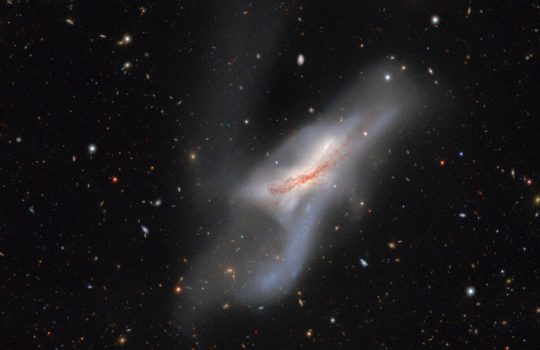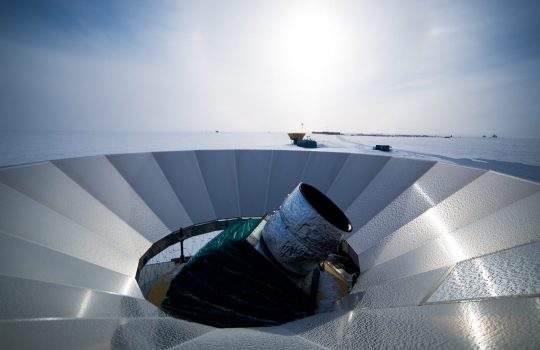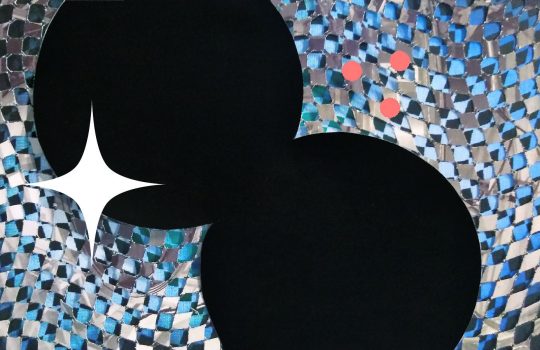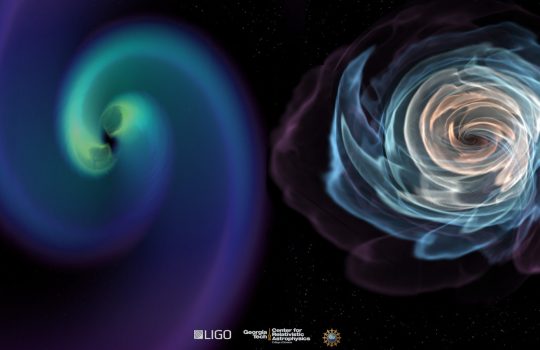5 new types of gravitational-wave detectors could reshape astrophysics
Scientific American, July 10, 2024
With the confirmation of gravitational waves less than a decade old, scientists are barreling ahead with new detectors to pick up ever more elusive ripples in spacetime. Fermilab’s MAGIS-100 is one such project that is already underway.






